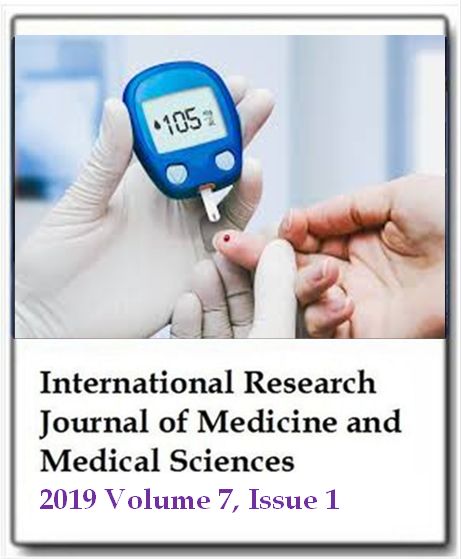Fasting during Ramadan and its effects on glycemic control and other metabolic markers among diabetic patients stratified to different risk groups
Taha InassInternational Research Journal of Medicine and Medical Sciences
Published: January 5 2019
Volume 7, Issue 1
Pages 1-8
DOl: https://doi.org/10.30918/IRJMMS.71.18.051
Abstract
The objective of this study is to assess the metabolic control of diabetes during Ramadan fasting among different risk groups. This cohort study included 203 diabetic patients attending Prince Abdulaziz Bin Majid Diabetic Center in Madinah, who intended to fast during Ramadan 2014. They were divided into high-risk group (68.47%), low-risk group (23.65%) and very high-risk group (7.88%). Weight, waist circumference (WC), blood pressure (BP), glycosylated hemoglobin (Hb A1c), creatinine and lipid profile were all measured 2 weeks before Ramadan, 4 weeks during the period of the fast and on the week that followed the end of the month. Hypoglycemia was highest in the very high-risk group (42.9%) which consisted of type 1 diabetics. Hb A1c significantly decreased in the high (9.13 ± 1.46% vs 8.75 ± 1.46%), (p=0.014) and very high-risk (9.88 ± 2.00 vs 8.64 ± 1.67), (p = 0.005) groups but increased in the low-risk group (7.0548 ± .93% vs 7.49 ± .99%), (p=0.002). Weight, WC, BP, creatinine, and lipid profile were similar in low- and high-risk patients. The very high-risk group showed significantly increased systolic BP and total cholesterol levels (P= 0.018 and 0.001). In conclusion, fasting Ramadan has different impacts on glycemic control among different risk groups. Hypoglycemia and other unfavorable effects observed among the very high-risk group mandate close monitoring during fasting.
Keywords: Diabetes, fasting, Ramadan, risk groups.
Full Text PDFThis article is published under the terms of the Creative Commons Attribution License 4.0

